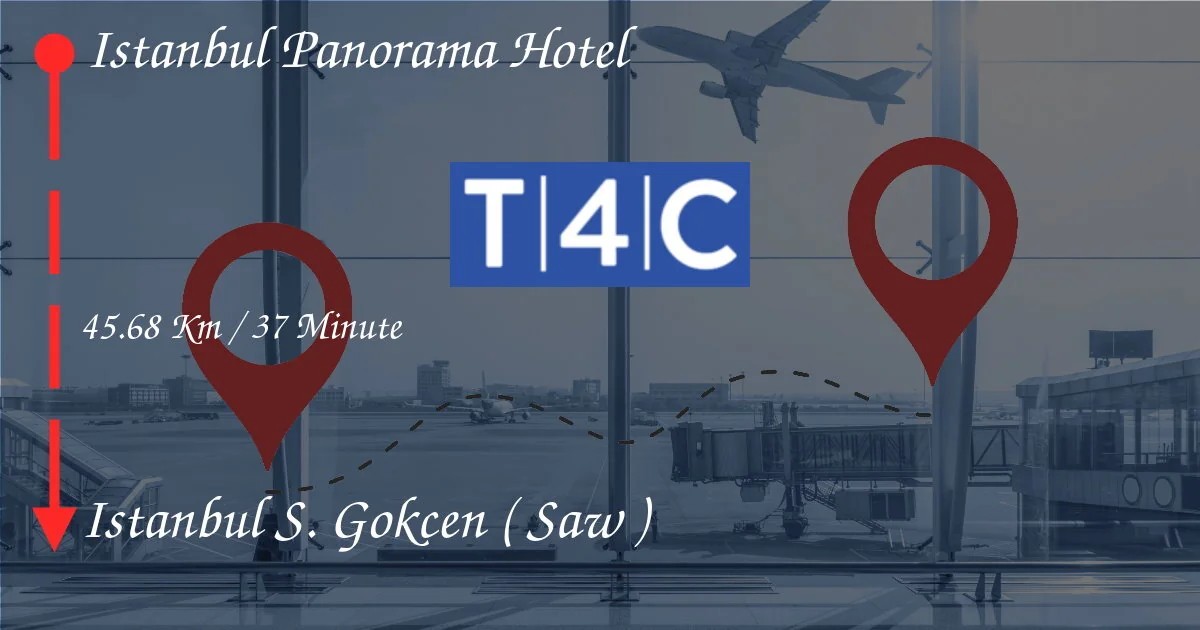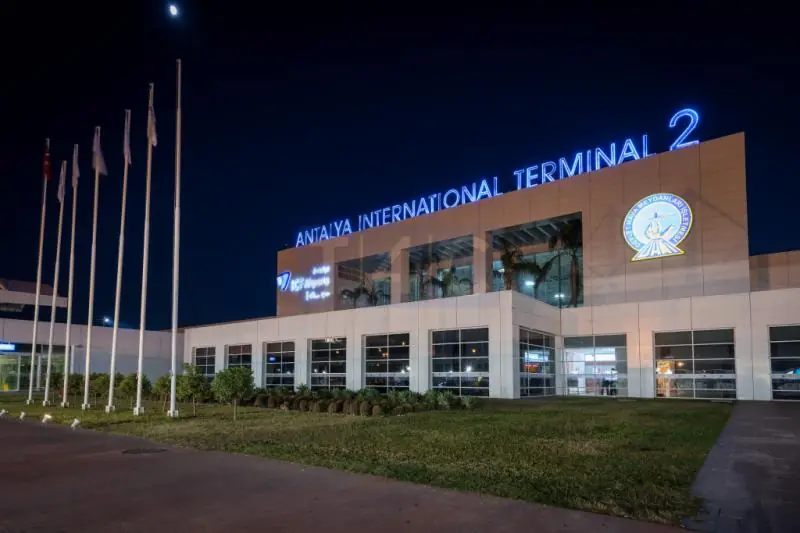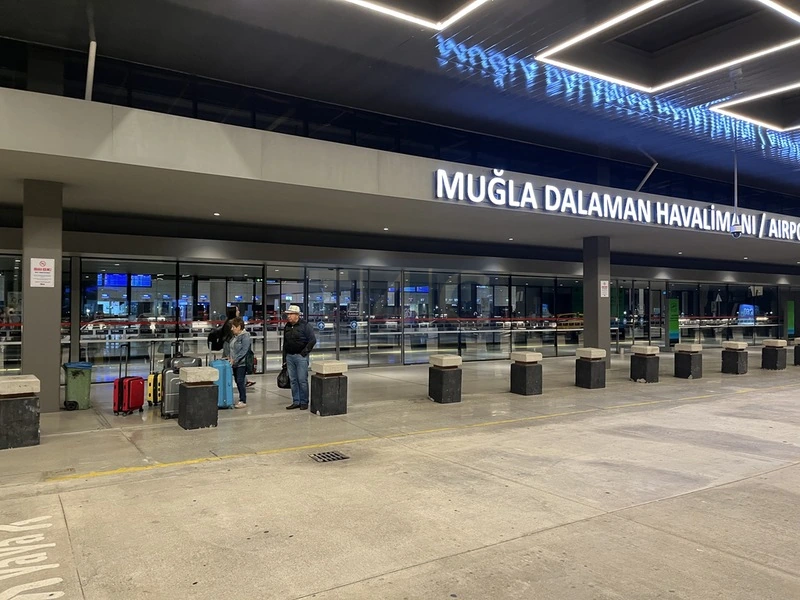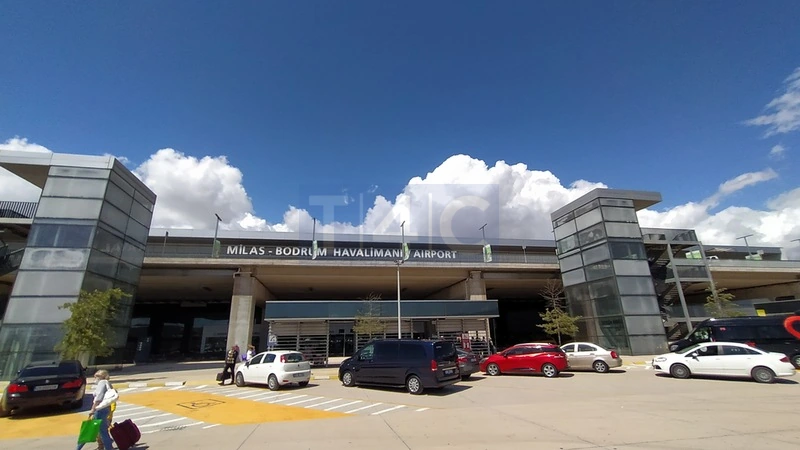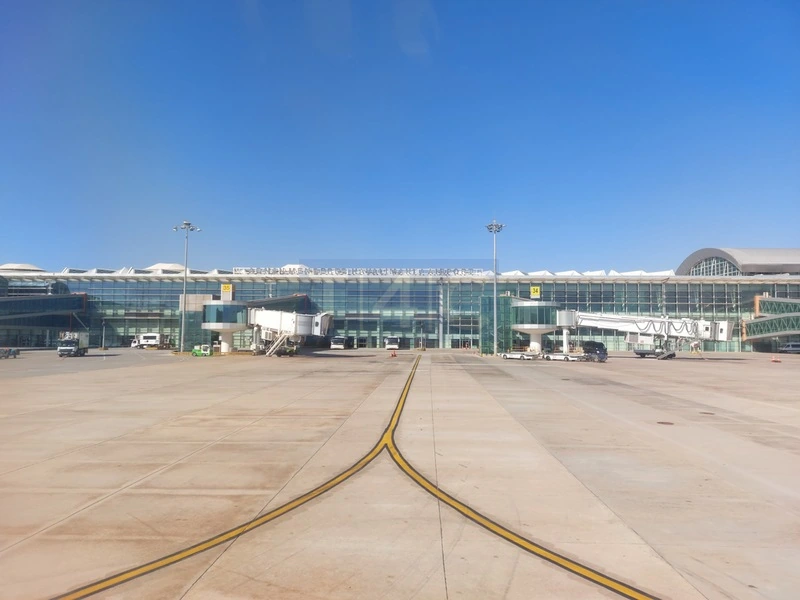...
How To Go From Istanbul Panorama Hotel to Istanbul Sabiha Gökçen (SAW)
Getting from Istanbul Panorama Hotel to Istanbul Sabiha Gökçen International Airport (SAW) is straightforward, even though it's a 45.68-kilometer journey taking around 37 minutes in ideal traffic conditions. This guide details various transportation options to help you choose the best fit for your needs and budget, covering everything from taxis and private transfers to more economical public transport choices. We'll break down the pros and cons of each, providing you with a comprehensive understanding of your travel options so you can arrive at SAW stress-free and on time. Whether you prioritize speed, comfort, or affordability, we’ve got you covered.
How to Get from Istanbul Panorama Hotel to Sabiha Gökçen Airport (SAW)
Istanbul Panorama Hotel, with its stunning views, is conveniently located, but reaching Sabiha Gökçen Airport requires careful planning. The distance and travel time are heavily influenced by traffic, especially during peak hours. Here's a breakdown of your transportation options:
1. Taxi or Ride-Hailing Services (Uber, BiTaksi):
Pros: Convenient door-to-door service, readily available, relatively quick (depending on traffic).
Cons: Can be expensive, especially during peak times or if caught in traffic. Metered taxis are generally more affordable than ride-hailing apps, but ensure the meter is running correctly. Be mindful of potential surge pricing with ride-hailing apps.
Cost: Expect to pay between 200-400 Turkish Lira (TRY), potentially more during peak hours or if using a ride-hailing app.
Travel Time: 37-75 minutes, depending on traffic.
2. Havabus Shuttle Bus:
Pros: Affordable, reliable, and a relatively comfortable option. These buses operate frequently and follow a set route, often making multiple stops.
Cons: Not a door-to-door service; you'll need to travel to a Havabus stop near your hotel. Travel time may be longer than a taxi due to multiple stops.
Cost: Around 70-100 TRY per person.
Travel Time: 1-1.5 hours, including travel time to the bus stop and the journey itself.
Tip: Check the Havabus website or app for the nearest stop to Istanbul Panorama Hotel and the bus schedule.
3. Private Transfer Service:
Pros: The most comfortable and convenient option. A driver will meet you at the hotel and take you directly to the airport, eliminating the hassle of navigating public transport or hailing a taxi.
Cons: Typically the most expensive option.
Cost: Prices vary depending on the vehicle type and company. Expect to pay upwards of 300 TRY, potentially higher for larger vehicles.
Travel Time: Similar to a taxi, around 37-75 minutes depending on traffic.
Tip: Book your private transfer in advance, especially if traveling during peak season. Many airport transfer companies offer online booking facilities.
4. Public Transport (Metro & Bus):
Pros: The most budget-friendly option.
Cons: The least convenient and can be time-consuming. It involves multiple transfers and potentially lengthy walking distances. This requires navigating different modes of public transportation and may not be suitable for those with heavy luggage or limited mobility.
Cost: Relatively inexpensive, less than 50 TRY in total.
Travel Time: Easily over 2 hours, and much longer if you encounter delays.
Choosing the Right Option:
The best option for you depends on your budget and priorities. If time is of the essence and money is less of a concern, a taxi or private transfer is recommended. If you're on a budget and don't mind a longer journey with some transfers, the Havabus is a good choice. Public transport is the cheapest but the least convenient. Remember to factor in traffic when estimating travel time for all options.
Recommendation: For a balance of cost and convenience, the Havabus is a strong contender. For stress-free travel, a pre-booked private transfer is worth considering. However, for those on a very tight budget and willing to invest more time, public transportation is an affordable alternative.
Important Note: Always allow extra time for unforeseen delays, especially during peak hours or if you encounter unexpected traffic conditions.
